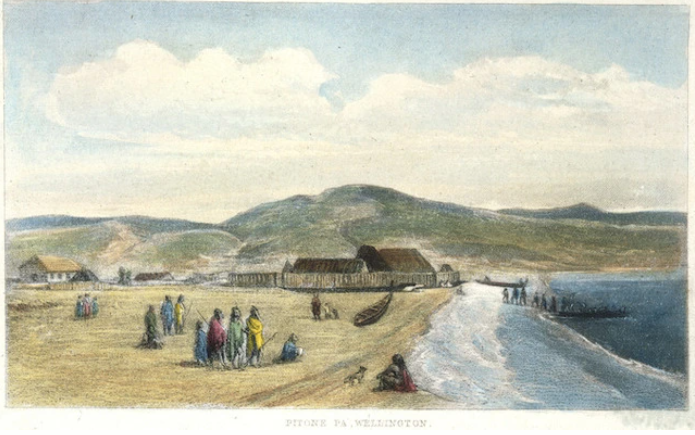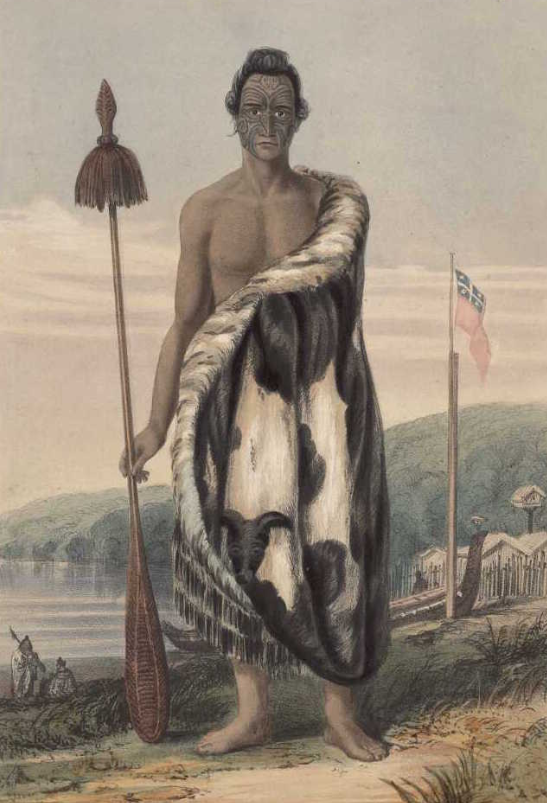Your basket is currently empty!
HISTORIC PETONE
New Zealand as we know it today, started here in Pito One, now Petone.
In August 1839, the Tory set sail from Gravesend in England. On board were representatives of the New Zealand Company, sent to smooth the way for organised settlement. Their objectives were to purchase land, acquire information about the country, and prepare settlements for the emigrants the Company was recruiting.
Led by Colonel William Wakefield, brother of the Company’s leading figure, Edward Gibbon Wakefield, the party also included his nephew, Edward Jerningham Wakefield, naturalist Ernst Dieffenbach, draughtsman Charles Heaphy and interpreter Nahiti, a young Māori who had been conned by a whaling captain into working his passage to France. Dr John Dorset was ‘Colonial Surgeon’ and Captain E.M. Chaffers was the ship’s master.
They were welcomed onto Pito One beach by the Chief of Te Ati Awa, Hōniana Te Puni-kōkopu. Te Ati Awa, who only 15 years earlier had arrived from Taranaki, had their pa on Petone beach.
On 27 September 1839, Chief Te Puni signed a deed of settlement with the New Zealand Company that saw the purchase of much of the Wellington region by the British settlers.
The Company’s survey ship, Cuba, cast anchor just off the Petone foreshore on 4 January 1840. Aboard were a number of passengers and crew members whose mission was to survey the land for the colonists who would follow them.
Petone became New Zealand’s first planned settlement and the first settlement in Port Nicholson (Wellington Harbour) when the New Zealand Company settlers arrived on the Aurora on 22 January 1840 (now Wellington Anniversary Day). In the first few months, over 2,000 people made the beach and riverbanks their temporary homes. The settlement was called ‘Britannia’ and it was originally intended that this would be where a major town would be built. However, later that same year after severe flooding, most of the settlers moved across the harbour to Lambton and Te Aro.


From the late 19th century and for much of the 20th century, Petone was a thriving, largely working-class town with its own Borough Council from 1888-1989.
It was the location of several large industrial sites, including car assembly plants, meat processing plant, wool processing plant, railway workshops, tobacco processing plant, soap factory and toothpaste factory. The majority of these closed in the 1970s and 1980s, resulting in gradual economic decline in the area.
In 1989, Petone was forced to merge with Lower Hutt City Council (now known as Hutt City Council). In 1991, Roy Hewson, Councillor for Petone (former Deputy Mayor of Petone) was not happy seeing Petone decline, so with the help of Andy Leslie and Kevin Rayner (Jackson Street business owners), he had a meeting with Jackson Street business owners, and with the help of initial funds from Council, the Jackson Street Programme (JSP) – a main street programme – was born. The JSP is an Incorporated Society with a Board of volunteers (a mix of Jackson Street building and business owners) and run from the Historic Police Station by 3 part-time staff. Since then, Petone has enjoyed renewed economic growth. Using its early European heritage as a draw for tourists and has gained an array of unique vibrant small businesses along Jackson Street.
